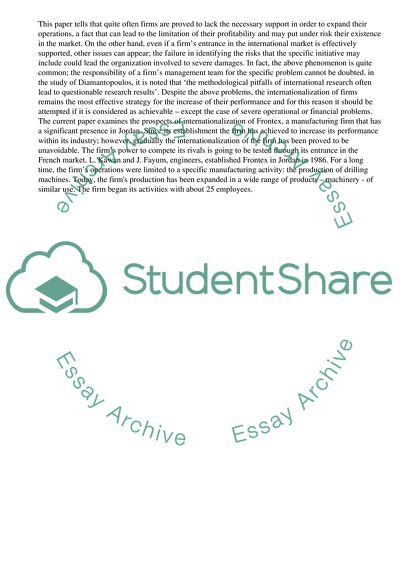Cite this document
(“Prospects of Internationalisation of Frontex Research Paper”, n.d.)
Prospects of Internationalisation of Frontex Research Paper. Retrieved from https://studentshare.org/business/1730082-integrative-term-project
Prospects of Internationalisation of Frontex Research Paper. Retrieved from https://studentshare.org/business/1730082-integrative-term-project
(Prospects of Internationalisation of Frontex Research Paper)
Prospects of Internationalisation of Frontex Research Paper. https://studentshare.org/business/1730082-integrative-term-project.
Prospects of Internationalisation of Frontex Research Paper. https://studentshare.org/business/1730082-integrative-term-project.
“Prospects of Internationalisation of Frontex Research Paper”, n.d. https://studentshare.org/business/1730082-integrative-term-project.


